Neck pain and shoulder tension are reasonably common complaints amongst cyclists, and usually resolved quickly once the primary underlying cause is identified and addressed.
This discomfort is usually due to sustained muscle tension leading to aches and fatigue in the neck and upper back / shoulder muscles, mostly due to trying to hold your head more upright than is sustainable. Upright in this situation needs explaining. Upright enough to see where you are going, which may mean your neck is hyper-extended (flexed backward). You could mimic this by walking around looking at the sky for a period of time equivalent to a bike ride. It won’t take long before your neck and shoulders start muttering in protest.
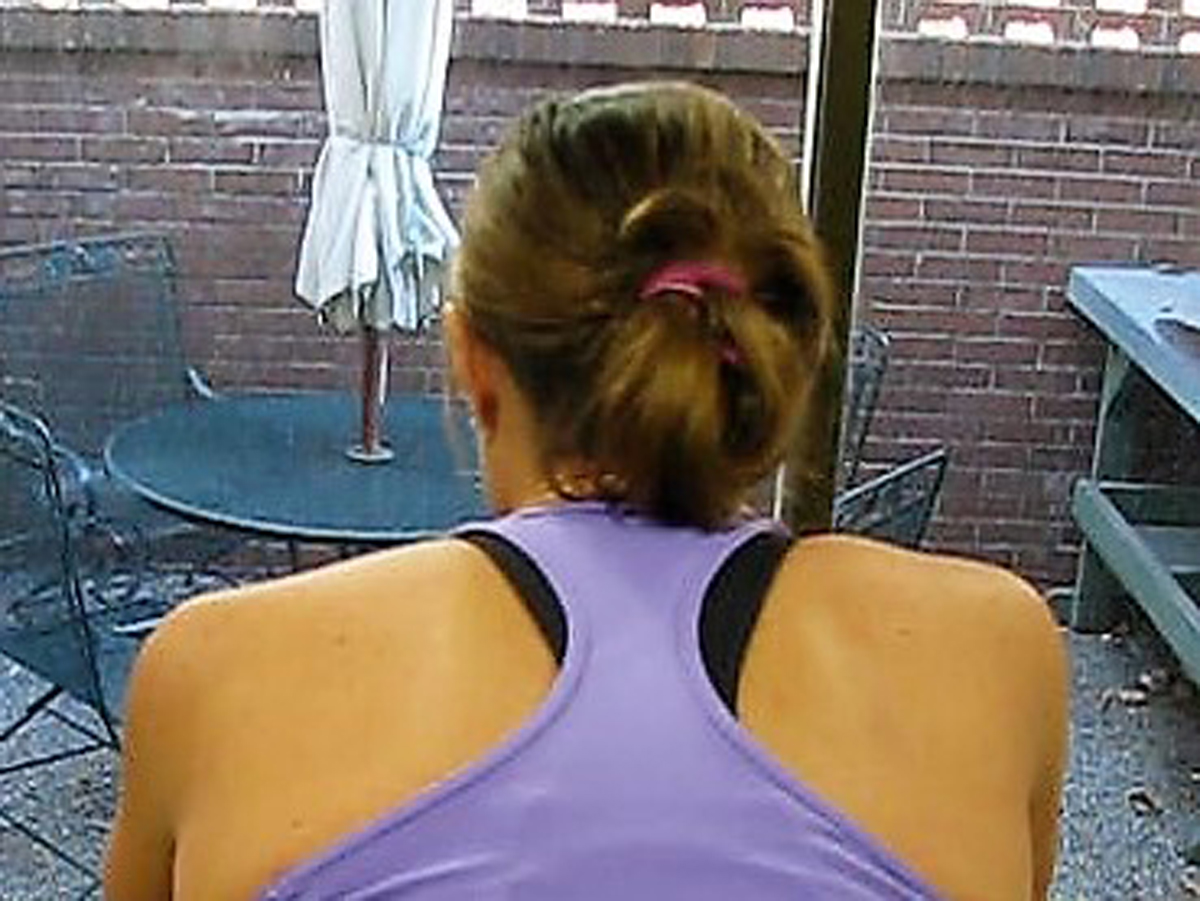
There are two main causes of hyper-extension leading to muscle fatigue and discomfort: pre-existing injury, and head posture:
If you’ve had a pre-existing injury like a cervical fracture, you’re going to know about that. Modification to your on-bike positon and posture may be needed to provide relief.
- Head posture that is hyper-extended. There are several possibilities that could be a factor in causing this:
-
- Riding position stress. A handlebar or aerobar position too low for your riding comfort is the most common fault, causing you to have to tilt your head up more to look ahead. A secondary factor can be a handlebar too far away from you, requiring extra reach which adds strain to the stabilizers in the shoulders. Handlebar reach and drop need to be appropriate for your fitness, flexibility, strength and riding duration.
- Indoor training adaptation. Been sweating it out on the stationery trainer all winter? If you zoned out with prolonged periods of ground stare, you’ve been training yourself to look down at your front wheel, not ahead at road or trail conditions, hazards, traffic and other threats to riding safety. The first few rides outside looking ahead may cause some fatigue, which should back off with more outdoor practice. If most of your training is inside, make sure whatever you are looking at is positioned to mimic your outdoor riding sightlines, or that first century ride or half ironman is going to be a literal pain in the neck.
- Equipment compensation. From a helmet, eyewear or handlebars.
-
- Helmets: A helmet that is too big and slips forward on your head; sits too low on the front of your head; or has a visor, may mean you have to tilt your head up more than necessary to get past the visual obstruction to see ahead. This creates neck strain.
- Eyewear: Sunglasses or prescription glasses that are perfectly fine for hiking and other “upright” sports may restrict your vision when you are bent forward in a riding posture. If you look ahead and find yourself gazing into or over the rim of the glasses, they are not suitable for cycling (for you). I tried on dozens of pairs of sports sunglasses (many sold as cycling specific) before I found a style I could wear riding without getting “rimmed out”.
- Handlebars. A handlebar significantly too wide or narrow for your physique puts your arms in a structurally unsound place, requiring compensatory muscle action to stabilize your body and control the bicycle. This is more likely to cause shoulder/ upper back tension than neck pain, but is an often overlooked factor than can have an outsized impact on riding comfort.
Remember, any riding discomfort that is not simply due to lack of riding fitness is a message that something is out of harmony in your bike-body relationship. You can put up with it, or put it up for evaluation and correction because there is no gain with pain in this situation. Enjoy your riding!
John Higgins wants to elevate your cycling experience. He operates BikeFitr – an independent bike fitting studio, and Fit Kit Systems – supplying equipment and education to bike retailers and fitters. Contact: [email protected]

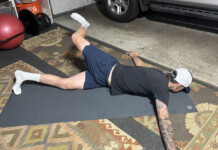
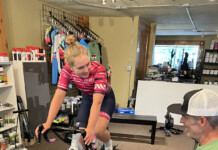
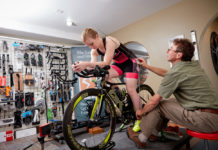
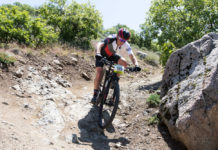






Thanks John. Great insights into basic causes and contributors to neck and shoulder strain.
Comments are closed.